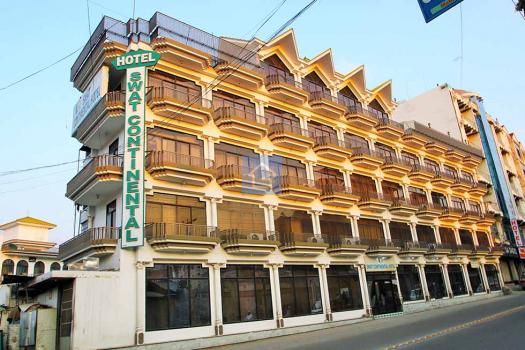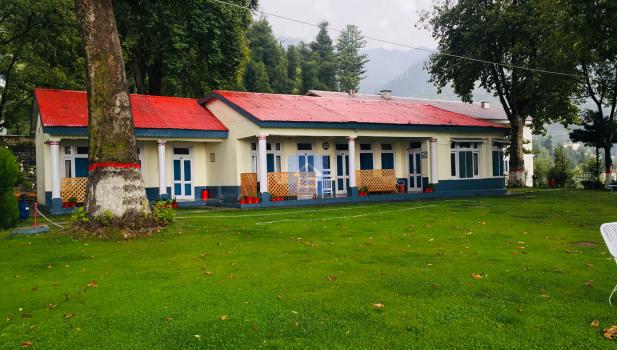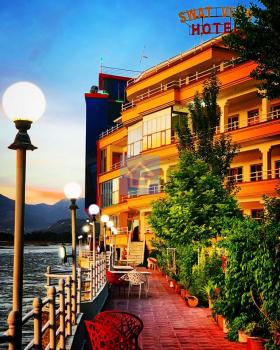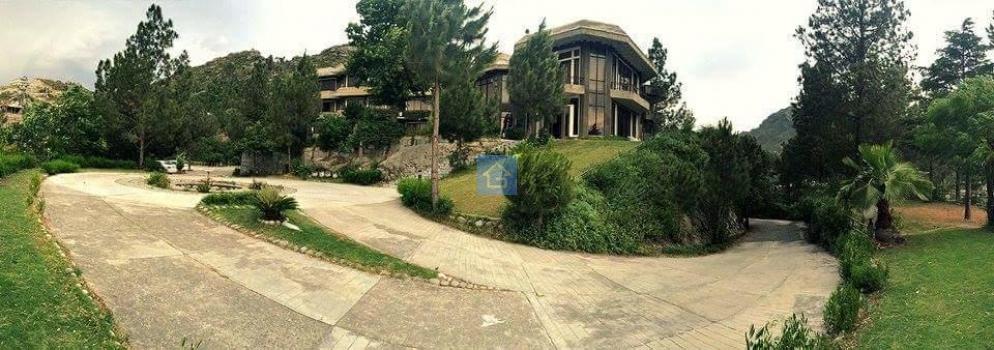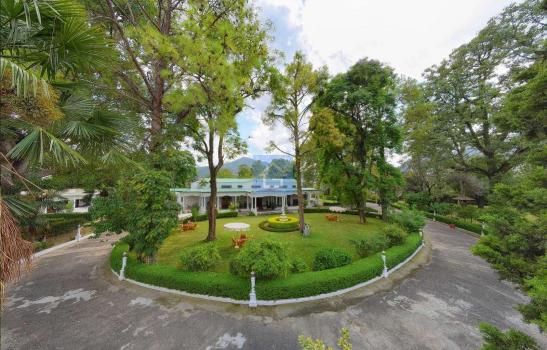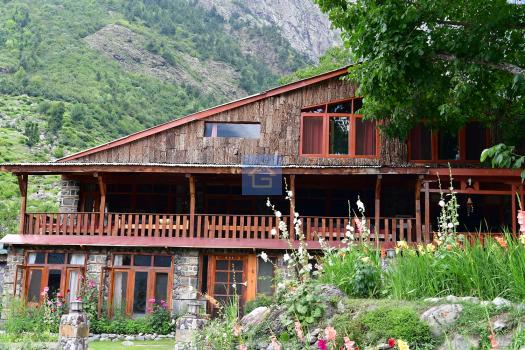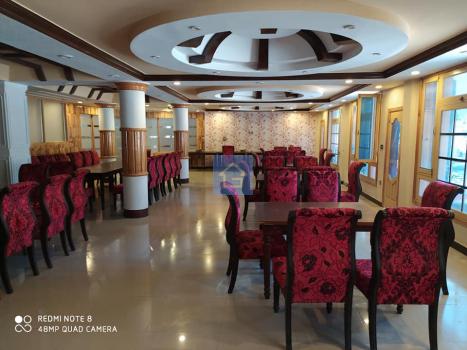- Home
- Browse Blogs
- Travel Destinations
- Sialkot
Sialkot
Sialkot, Pakistan's export capital has the highest per capita exports in Pakistan. Three industries dominate Sialkot - Surgical goods, Sports goods, and Leather Goods. Sialkot produces over 2000 different surgical instruments for worldwide export. Sialkot was select..
Sialkot
Sialkot, Pakistan's export capital has the highest per capita exports in Pakistan. Three industries dominate Sialkot - Surgical goods, Sports goods, and Leather Goods. Sialkot produces over 2000 different surgical instruments for worldwide export. Sialkot was selected to supply footballs for the 1998 World Cup. Sialkot industry holds many lessons for the rest of Pakistan's economy.
The sights and smells of Sialkot are of a different order than Lahore. Horse-drawn tongas are in plentiful supply as they ease down thin alleyways purportedly referred to as streets. Sialkot prides itself as the birthplace of Allama Iqbal.
The city's pragmatism becomes evident when viewing its industrial area: workshop upon workshop of boys and men, laboring together, making balls, gloves, bats, all sorts of sporting goods.
This is a city at work, which moves about briskly in the morning, and closes up early in the evening. Located 130 kilometers northwest of the provincial capital Lahore, and with a population of about 600,000, Sialkot is in many ways a unique city in Pakistan.
Strong export and entrepreneurial culture combined with the widespread availability of subcontracting arrangements has resulted in low barriers to entry and a proliferation of small and medium scale enterprises.
Places to visit The old city has a fascinating labyrinth of narrow streets and crowded bazaars. Down a small side street in the old part of the city is the shrine of Hazrat Imam Ali-ul-Haq (Imam Sahib). The path leading to the tomb is often lined with numerous prostrating pilgrims.
The mausoleum complex is a maze of narrow corridors leading to several shrines of pirs (holy men). The tomb of Imam Ali-ul-Haq is to the right, through a mirrored gateway tiled with Koranic inscriptions and geometric designs.
The courtyard is a fascinating place to sit and absorb the atmosphere. To the rear is a small graveyard where drumming, devotional singing and dancing takes place.
The market outside is very photogenic and a large flat roof at the entrance to the shrine offers a panoramic view of the deals being struck. On a low hill in the center of the old city are the few remains of the Sialkot Fort.
The shrine of the pir (saint) Muradala Shah is also on the hill. Other places of interest include the tomb of the great Muslim scholar, Mian Abdul Hakim, and Hafiz Muhammad Alim, on Khadim Ali Road and the former residence of Dr. Muhammad Iqbal (1877-1938) which has been turned into a small museum containing some of his personal belongings and named Iqbal Manzil (Iqbal House).
Head Works Marala Chenab is a 1086 km long river which originates in the Kulu and Kangra Districts of Himachal Pradesh in India and is fed by the tributaries - Chandra and Bagha as it enters Jammu & Kashmir near Kishtwar.
After cutting across the Pir Panjal range, it enters the Sialkot District in Pakistan that built the Marala Barrage across the river in 1968 with a maximum discharge of 1.1 million cusecs. Two major water channels originate at Marala headworks - the Marala-Ravi Link Canal and the Upper Chenab Canal. This resulted in the loss of Choapala village that was cut away by the river.
It was one of the biggest and most well-built villages of Pakistan and its people were later relocated to a new place where new Choapala village now stands. Sialkot-Lahore Motorway A 6-lane motorway from Sialkot to Lahore, the two important industrial centers of Punjab, has been planned which will give impetus to economic activities in the province.
The proposed motorway will pass through Gujranwala and will be linked with Wazirabad, Muridke and other industrial centers through highways. Gujrat will be linked with the Sialkot-Lahore Motorway by constructing a bridge on river Chenab near Shahbazpur. This motorway will be called "Shahrah-e-Sanat".
It will reduce the distance between Sialkot and Lahore to just 45 minutes. The purpose of the mega project is to facilitate the export of products grown or produced in Punjab which will have a positive impact on the country's economy.
The project will be completed by 2008 Sialkot-Rawalpindi Rail Car Train Service to Lahore From September 06 2008, Pakistan Railway extended the Sialkot-Rawalpindi 'RailCar' train service to Lahore through Narowal. Efforts are also being made to launch a direct train service from Sialkot to Faisalabad.
Sialkot District Brief Description Sialkot District is spread over an area of 3,016 square kilometers and comprises the following four administrative units (tehsils). Sialkot Daska Sambrial Pasrur Gujrat District and the State of Jammu and Kashmir lie in the North of Sialkot whereas Gujranwala District is situated on it's West and Narowal District touches Sialkot in the South.
Climate and General Soil Conditions Sialkot District is cold during winters and hot and humid during summers. June and July are the hottest months. The temperature during winter may drop to 4C. The land is, generally, plain and fertile. The average annual rainfall is about 1000 mm.
Recommended list of popular & trending blogs based on visits, people searched.
-
-
-
-
-
-
-
-
-
[Article] The Significance of Contrast in Photography / in Travel Destinations
-
-
-
-
-
[Article] The Effects of AI on Photography / in Travel Destinations
-
-
-
-
-
-
Trending Hotels
Best affordable & leading hotels to stay in swat valley for families, students, honeymoon couples from lahore, karachi, faisalabad, multan, peshawar & islamabad.
Best Holiday Packages
Want to get a great holiday in Swat Valley? At Guestkor Travel we have a full range of holiday deals on offer for affordable prices.
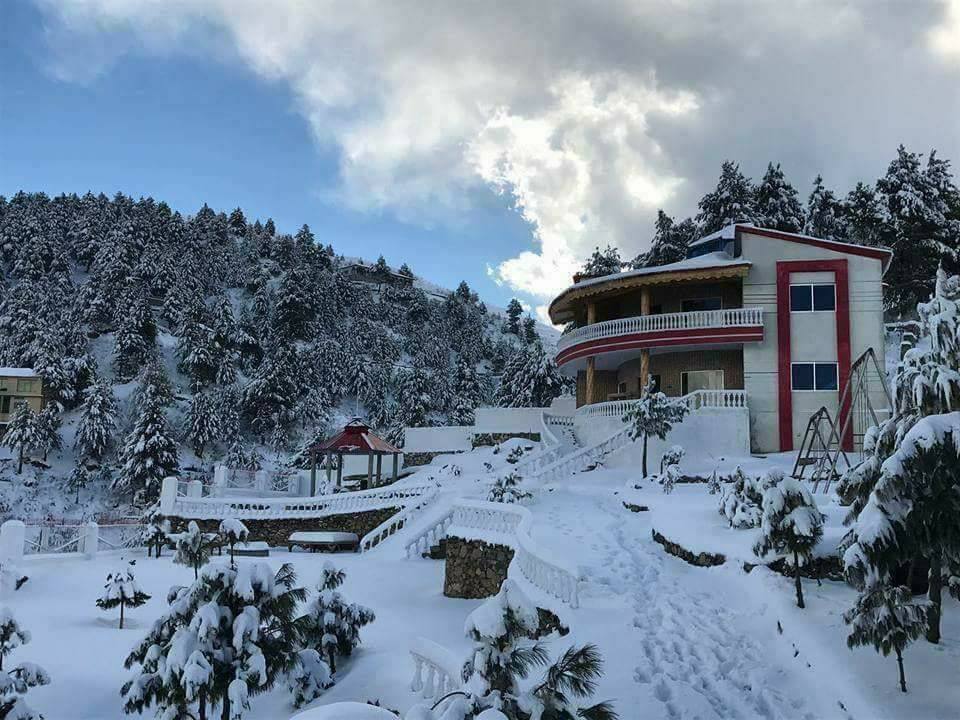
Per Person
2 days 1 night islamabad to malam jabba standard group tour winter/snowfall package
- 9-15 people
- |
- blue area → swat
- (10 reviews)
- Group Tours
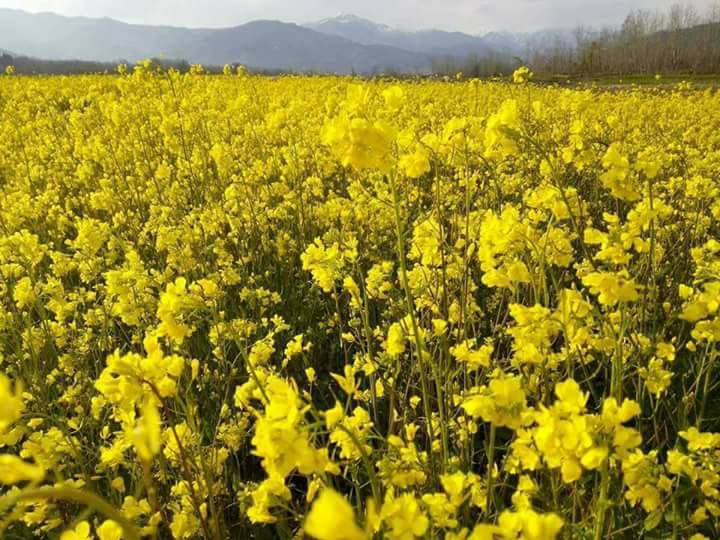
Per Person
2 days 1 night islamabad to gabeen jabba standard family tour winter/snowfall package
- 9-15 people
- |
- blue area → swat
- (6 reviews)
- Family Tours
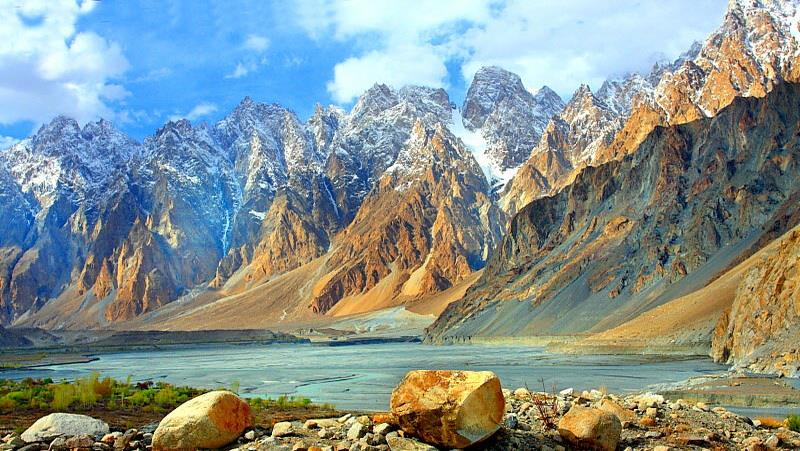
Per Person
6 days 5 nights islamabad to kalash valley standard group tour winter/snowfall package
- 9-15 people
- |
- blue area → chitral
- (6 reviews)
- Group Tours
